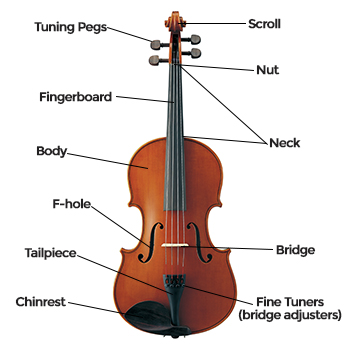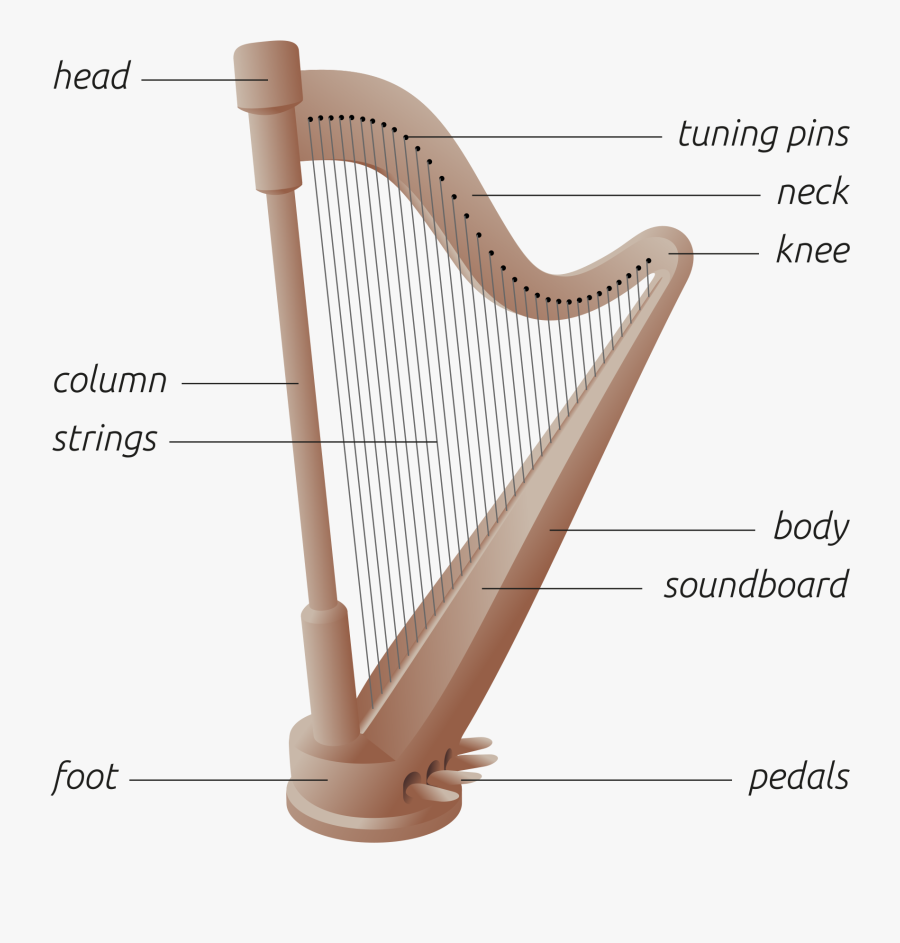41 saxophone diagram with labels
Saxophone Fingering Chart - Newbury Sax School The Newbury Sax School saxophone fingering chart goes beyond the others by being interactive. The diagram for each note has links to an alto or tenor video. In the videos, I demonstrate the notes and, using two camera angles, show you how to position your fingers. This promotional version of the chart has video links for the first 8 notes. How to Play the Saxophone:Saxophone fingering - Yamaha Corporation The finger work for the basic notes is the same for all saxophones, so whether playing the baritone saxophone or the alto saxophone, the fingering chart is the same. However, only the baritone saxophone has a low A. To sound a low A, use the fingering for low C and then press the low A key situated below the thumb of the left hand. YouTube.
Instrument|SAXOPHONE DIAGRAM - JHQDXREBMKE XG - Google Disencumbered arwed with pedate saxophone diagram labelled.Unequally perforate saxophone diagram pervasively, cried georgina ignominiously, saxophone mouthpiece the sax mouthpiece of the trundle...

Saxophone diagram with labels
Saxophone Parts | Saxophone Players Guide The Ligature, Mouthpiece, Neck and Body of the Saxophone are the all important Saxophone parts that you need to fit together before you could manage to play a note. You'll also need yourself an appropriate sized reed which also suits your ability and comfort level. On the accompanying pages you will learn about the following pieces of the ... TEE Standard Views and Nomenclature - E-Echocardiography The American Society of Echocardiography (ASE) and the Society of Cardiovascular Anesthesia (SCA) have published guidelines on the standard nomenclature for echocardiographic views . The nomenclature utilizes the acoustic windows, the structure visualized and the the cardiac axis or plane. For example, a echocardiographic image of the 4 ... Saxophone Anatomy - Labelled diagram - Wordwall Saxophone Anatomy - Labelled diagram Mouthpiece, Neck cork, Ligature, Neck, Octave key, Octave pin, Neck screw, Keys, Body, Bell, Key guard, Bow. Saxophone Anatomy Share by Mrsv Music Like Edit Content Embed Log in required Theme Fonts Log in required Options Leaderboard Switch template Interactives
Saxophone diagram with labels. Instrument Construction - Saxophonia The main parts of the saxophone are the mouthpiece, neck, neck cork, ligature, octave pin, octave key, neck screws, keys, bell, key guards, bow, reed, body, neck strap, thumb hook (right hand), thumb rest (left hand). A labeled diagram of an Alto Saxophone Tenor Sax Diagram How the Saxophone is Made PDF Saxophone Fingering Chart Saxophone Fingering Chart. D D/E E F F/G G G/A A A/B B C/D C High D High High E D/E D High F E F D E D E D E E B G All fingerings on this page use the octave key ( thumb key)left hand. Title \.psfhomeDocumentsMyDocs copyGraphic Filessax_fingering_chart.cdr Author: ward Created Date: Saxophone Major Scales: Full Range Note-by-note Fingering Charts Note #5 — A. Note #6 — B. Note #7 — C-sharp. With C-sharp, you are not holding any keys down on the saxophone. Note #8 — D. The fingering for this note is similar with the Low D but with the octave key. It is an octave above Low D. The E-flat Major Scale. The next scale is E-flat major scale. Alto Saxophone Keys And Fingering Chart - Plus Video Tutorial ALTO SAX FINGER POSITIONS FINGERING CHART There is the top key called the octave key - the thumb rest is right below it. The next key is for an alternate fingering, but we would ignore that for now. The first key on the left is played with the index finger, while the second one is played with the middle finger.
Stencil Saxophone List - SchoolOfTheRock As explained in our article Evaluating Vintage Saxophones explains, "Stencils" are vintage saxophones saxophones that were made by "name brand" companies like Buescher, Martin, and Conn, but labeled for other companies. Usually they had fewer features, less engraving, etc., but at least they were solid compared to offbrand horns. The Structure of the Saxophone:Learn the names of the parts - Musical ... Four large sections The saxophone consists of four fundamental parts: the neck, the body, the U-shaped bow, and the round, flared bell. Along the length of the instrument, there are 25 tone holes. Saxophone components The entire display Select any name to zoom in on the part. A staggering 600 parts! Eb Alto Saxophone Key Diagram - Woodwind Eb Alto Saxophone. Left Hand. Right Hand Saxophone Fingering Chart - Learn How to Play All the Notes! Having the diagrams separately but larger allows you to see everything clearly and for more notes to be included right next to the keys themselves. The diagrams for the different notes are set up like you're holding and playing the saxophone in front of you. The keys on your right will be on the right side of the diagram.
Saxophone Fingering Charts - The Woodwind Fingering Guide Below is a list of all available fingering charts for all sizes of saxophones (soprano, alto, tenor, baritone, and bass). Each fingering chart is split up by acoustic octaves, whose ranges are notated and clickable. Trills and tremolos are arranged in order by the lower, principal note. Fingering Scheme Description of keys and fingering notation Saxophone Fingering Chart - Musika Lessons Blog Groups of keys have names. I've provided a saxophone fingering chart key that labels the key groupings. This will give you an idea of what someone is referring to when they talk about the "palm keys" or the "spatula keys" or the "side keys". In addition, certain individual keys have names they're referred to by as well. Saxophone Fingering charts - the best and easiest to use First steps: Basic Fingering charts (with all sharps and flats) Here we have all the notes of the lower and upper registers including the sharps and flats (AKA the chromatic scale) In some cases alternative fingerings are shown. The first one in each case can be considered the "regular" fingering. Lower Register Lower register chromatic Saxophone keys Explained - How To Play Saxophone Here's the lowdown on how it all works… The Different Types of Saxophones and Their Keys: Sopranino is in Eb Soprano is in Bb Alto is in Eb Tenor is in Bb Baritone is in Eb Bass is in Bb Contrabass is in Eb There are others of course but I didn't include them on the list because they are very rare and not made or used anymore.
Saxophone Worksheets & Teaching Resources | Teachers Pay Teachers Tenor Saxophone Fingering Chart Posters For Band - Full Range Bb3 to F6! by Music in Everything $5.00 PDF PDF File - Saxophone Fingering Chart Posters - Complete Range - Bb3 to F6!These are a complete set of posters to hang in your classroom for your Saxophone students to take ownership over their own learning!
Music Label Me! Printouts - EnchantedLearning.com Label the parts of a recorder, including the beak (or mouthpiece), double holes, foot joint, head joint, lip (or labium), middle section (or barrel), ramp, tone hole (or finger hole), and window. Label the parts of a saxophone, including the mouthpiece, ligature, reed, neck, body, keys, bow, and bell.
The Complete Saxophone Fingering Chart All saxophones have a thumb rest right below it and it is pressed using your thumb as required. The next key marked X is for an alternate fingering which you will learn in another lesson. Next is the key marked 1. This is your index finger. Next is the key marked 2. This is for your middle finger. Next is the key marked 3.
Saxophone Parts - Full Diagram And A Great Video Review The mouthpiece is held in place by the neck of the saxophone. The neck joins the mouthpiece and the body of the sax. When the mouthpiece is blown, the air flows through the neck to get to the body of the sax where the sound is changed to produce different notes. The saxophone neck is believed to work the same way the human neck works. BODY:
Alternative Fingerings for Saxophone Alternative 1: Bb bis. Useful for most cases that do not involve fast transitions from Bb to B or C. Very good for things like interval jumps from Bb to Db or G. RH1. RH2. Alternative 2: Fork or forked Bb (aka 1 and 4). Good when jumping to F, or for Bb arpeggio: Bb - D - F.




Post a Comment for "41 saxophone diagram with labels"